“I’ve worked in every one of the 18 counties in western North Carolina. I’ve seen some overwhelming challenges, but I’ve seen how wonderfully people work together to accomplish things.”
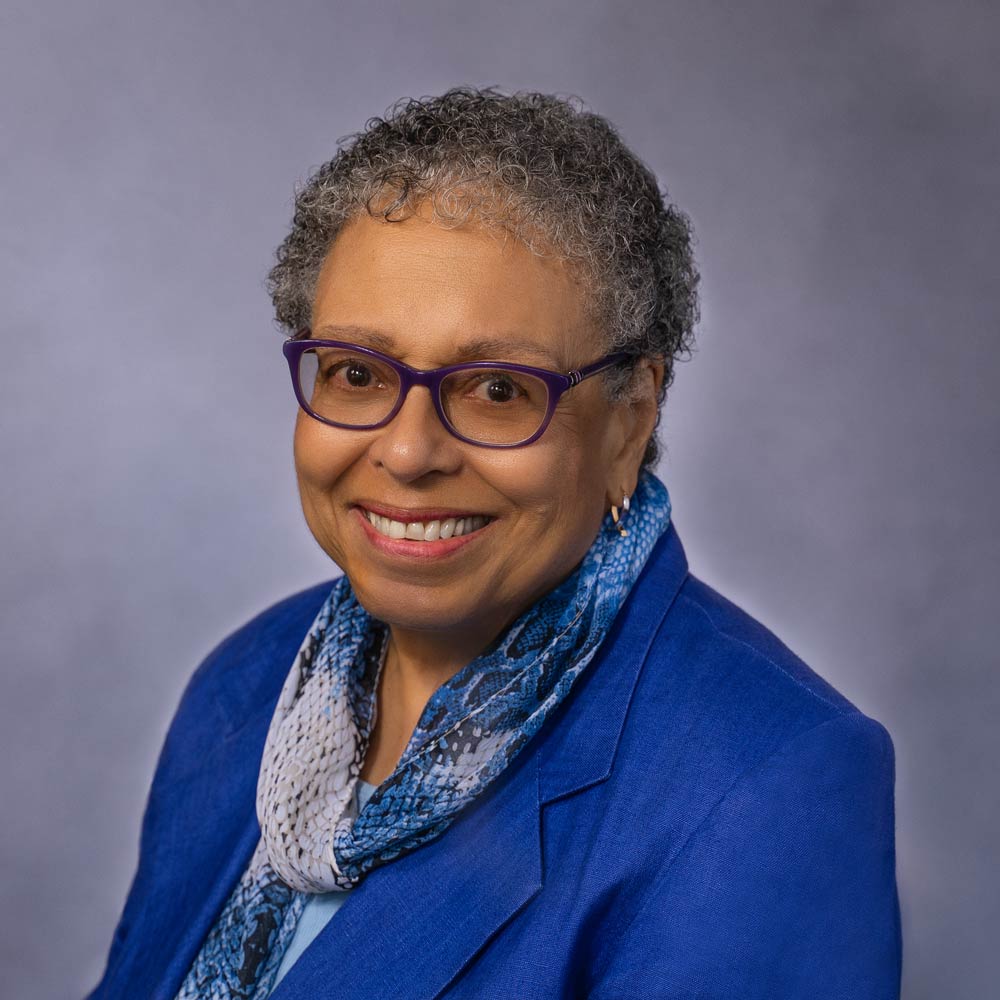
For Jackie Simms, the journey to help others began when she was just a child.
When she was 12 her parents adopted a baby boy, and not long after his second birthday they discovered he was deaf. Seeing the challenges her brother faced, Jackie made it her life’s mission to help individuals with hearing impairments.
She grew up attending segregated schools in her native state of Missouri then moved with her family to Oklahoma seeking better occupational opportunities. Her father became director of the Division of Education at Langston University, a historically black college in Oklahoma, where Jackie earned a Bachelor of Science degree in elementary education before obtaining a Master of Education of the Deaf degree from Smith College in Massachusetts.
After graduation, Jackie returned to Missouri to work for the Special School District of St. Louis County. Then in 1990 she moved to Asheville, where she resides today. She worked as the director of a small group home for deaf adults with a second disability then in the North Carolina Early Intervention Program for Children who are Deaf and Hard of Hearing.
“I consider it a privilege that throughout my career I was able to give so many children with a hearing impairment and their parents a way to work with their challenges and to achieve their educational goals,” Jackie explains.
Of course, there are always those you wish you could help more.
“There was this 2-year-old adorable little boy,” recalls Jackie. “I actually taught him one sign during that first meeting. He learned the sign ‘more’ and he was telling me he wanted to do ‘more’ of the various activities we were doing together.”
Unfortunately, after he graduated from her program, the one-on-one sessions for language development weren’t available at his school. She described a follow-up visit a few years later as “heartbreaking.”
“I went to the PE class,” Jackie said, “and at one point the teacher was explaining a game to the kids sitting on the floor, and he started moving farther and farther away from the group until he was sitting by himself. That was so poignant to me. Even when he was in a group – he was isolated.”
Address:
890 Hendersonville Rd
Asheville, NC 28803
Mailing:
890 Hendersonville Rd
Asheville, NC 28803
Join our mailing list to receive updates on our latest news, funding opportunities, and more.
© 2024 Dogwood Health Trust. All rights reserved.
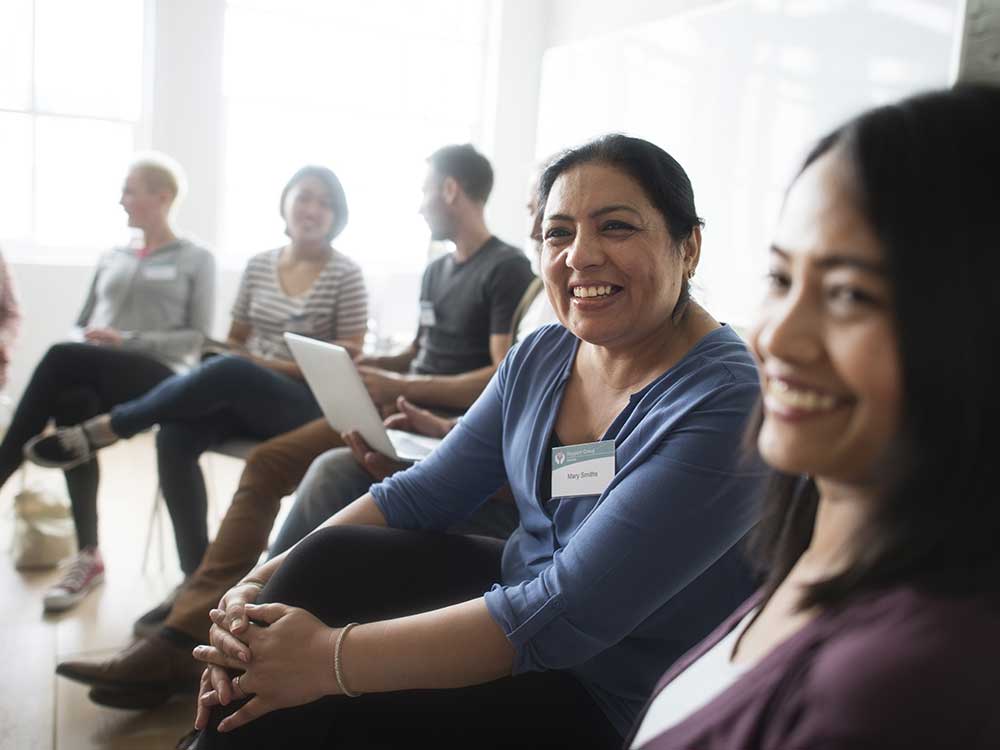
Support programs and networks that reduce deaths, treat addiction, and prevent first use

Help reduce disparities based on race, location, education and income factors

Invest in integrated heath care with seamless connections to supportive services

Support communities that promote healthy living and resiliency and help mitigate the impact of trauma, isolation and stress on individuals and families, especially those experiencing poverty

Support a well-funded, sustainable, competitive entrepreneur and small business ecosystem throughout the region
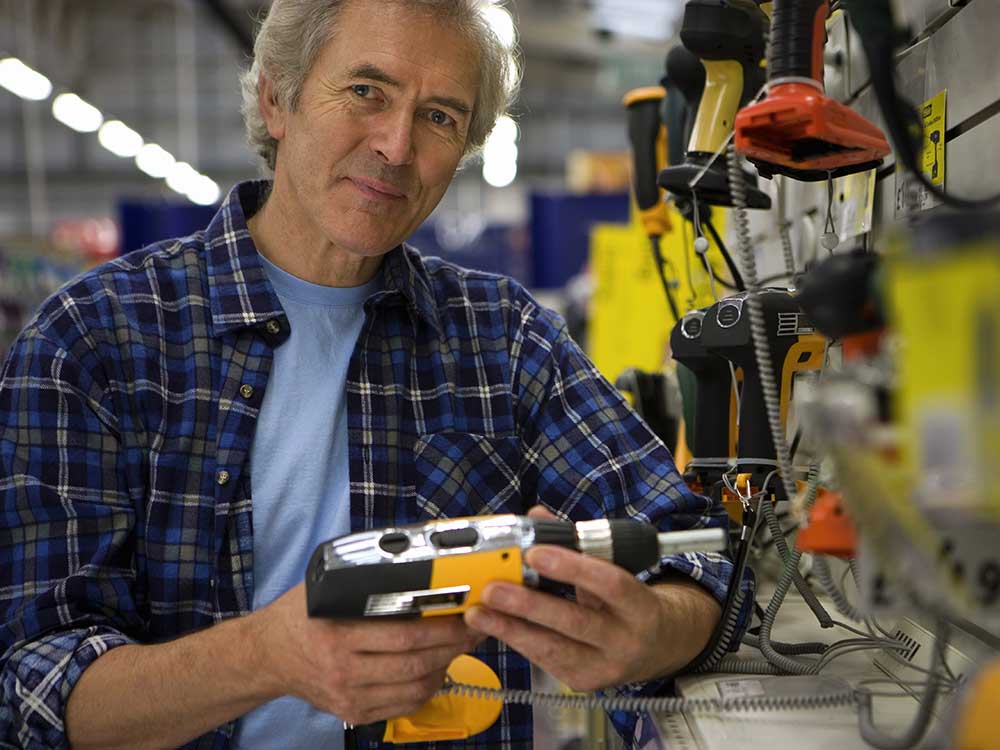
Help build a regional economic ecosystem that supports increased creation/retention of jobs and business ownership

Help build a skilled workforce with the knowledge and technical abilities to excel in a wide range of industry employment opportunities that provide a competitive, sustainable wage

Source, analyze and share a comprehensive, county-by-county data set that paints a full picture of work readiness, economic development and entrepreneurial needs and opportunities specific to Western North Carolina

Work in tandem with Economic Opportunity Strategic Priority to invest in career readiness at the community college and university levels

Support K-12 learning experiences with the resources and sustainability to provide an excellent academic and social-emotional education, so that all students graduate ready for college or career

Invest in an improved early childhood education ecosystem with the resources and sustainability to provide developmentally appropriate, affordable and accessible education and care to support ages birth to five, so that all children in WNC enter kindergarten ready to learn

Source, analyze and share a comprehensive set of publicly available data that provides a regularly updated, county-by-county picture of access, workforce and student outcomes in early childhood education and K-12 education specific to Western North Carolina

Loans, guarantees, and other financial tools to leverage funding opportunities

Increase affordable housing for lowest-income individuals and families
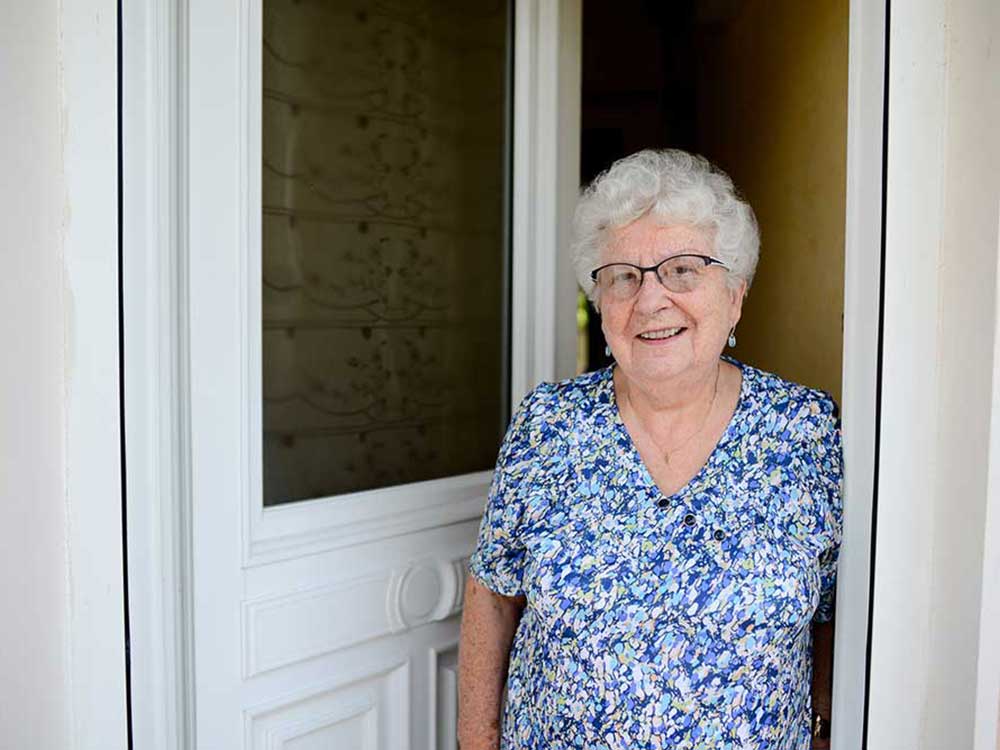
Support age-appropriate resources in affordable and workforce units, rental and owned
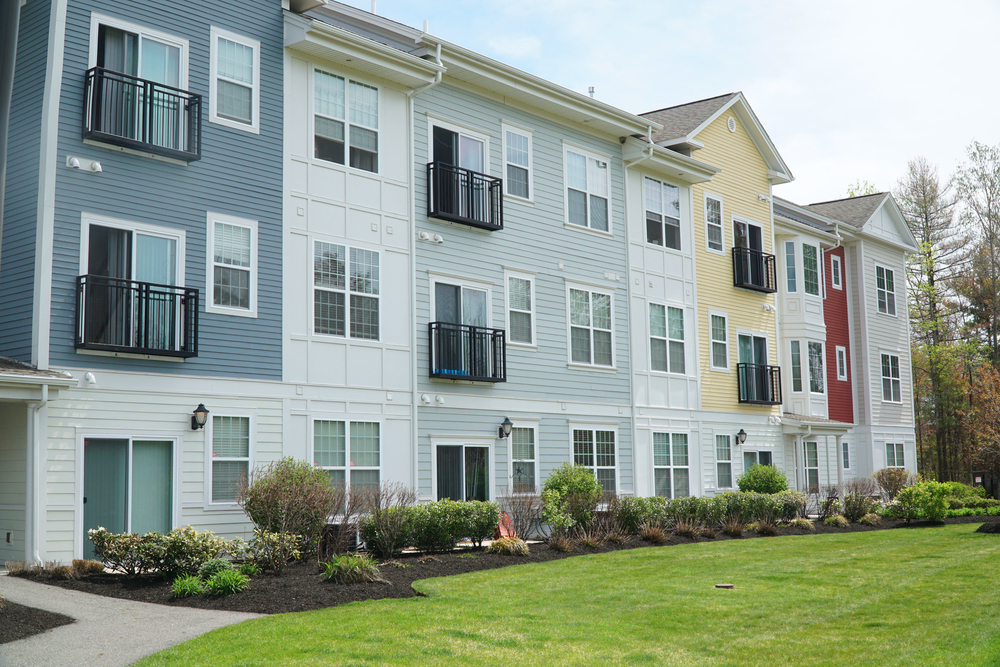
Invest in housing with sustainable supports for physical and mental health and wellbeing
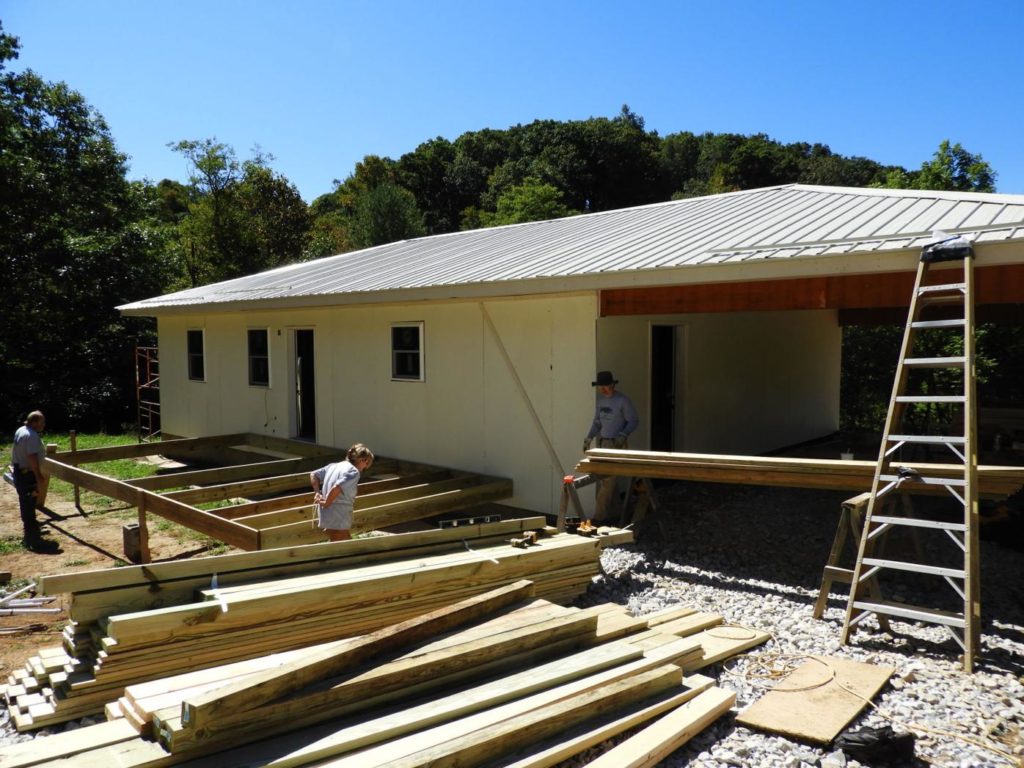
Support healthy and safe revitalizations that work against displacement and gentrification, preserve home ownership and create generational wealth.